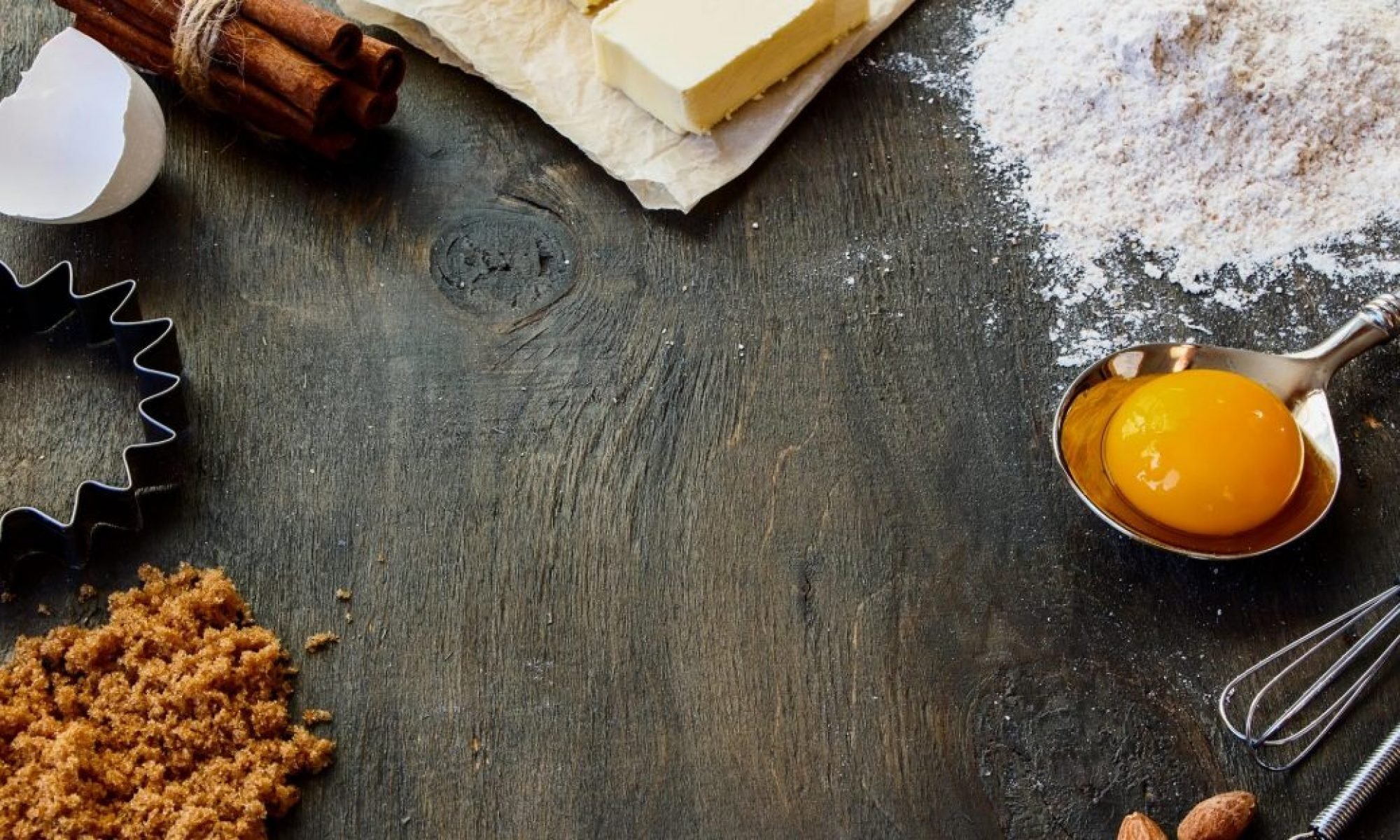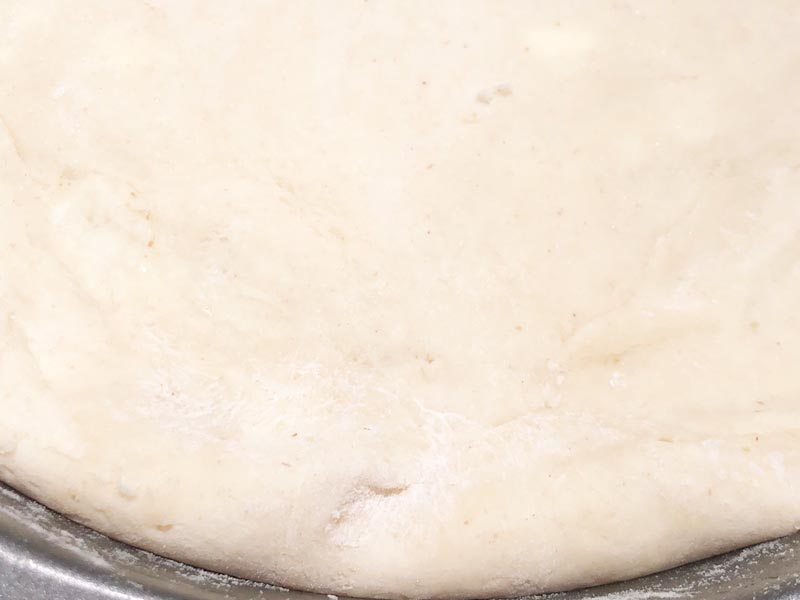If you’re looking for a gluten free puff pastry dough that is free of gum yet is easy to handle, look no further. You can roll and shape this dough as you would any other puff pastry dough. In just 2 hours, you can make the dough of your dreams. I used it for a blueberry pie and my gluten-eating husband said that it was the best blueberry pie he has ever had.
Link You’ll Need:
Gluten Free Flour Mix Without Gum
You May Also Be Interested in:
Traditional Gluten Free Small Batch Puff Pastry Dough
Small Batch Gluten Free Dairy-Free Puff Pastry Dough
Large Batch (4x the above) Gluten Free Puff Pastry Recipe
Step-By-Step Videos on How to Make Puff Pastry (1/2 recipe of Large Batch)
Gum Free Gluten Free Puff Pastry Dough
Ingredients
For the Butter Block:
- 6 tablespoons 3 ounces cold, unsalted butter (or palm oil, for dairy free- (Essential Depot) -NOT Spectrum
- 2-1/4 teaspoons Gluten Free Flour Mix Without Gum
For the Dough:
- 3/4 cup + 2 tablespoons Gluten Free Flour Mix Without Gum
- 1 tablespoon granulated sugar
- 1/8 teaspoon gluten free baking powder Rumford's
- 1/8 teaspoon salt
- 1 tablespoon unsalted butter or hydrogenated palm oil, very soft
- 1-1/2 + 1/8 teaspoons instant yeast
- 1-1/2 tablespoons water heated to 105 - 110°F
- 1/4 cup cold milk
- 2 tablespoons beaten egg 1/2 large, at room temperature (or 2 tablespoons liquid from can of cannellini beans + 1 tbsp melted butter)
- Potato starch for dusting
Instructions
To Make Butter Block:
-
Combine 6 tablespoons of butter and 2-1/4 teaspoons of flour using the paddle attachment of your mixer. Beat on low speed until creamy. (Use the whisk attachment, if that is all you have and your mixer can withstand the effort.)
-
Wrap in plastic and form into a square, about 4-1/2 x 4-1/2-inches. Freeze for 5 minutes, turn over, freeze an additional 5 minutes, and then refrigerate until ready to use.
To Make the Dough:
-
While the butter block is chilling, whisk together the flour mix, sugar, baking powder, and salt into the bowl of a clean mixing bowl.
-
Add 1 tablespoon of butter or hydrogenated palm oil. Using the paddle attachment, mix on low speed until the butter is evenly distributed and small pebbles form, 2 - 4 minutes. (Again, use the whisk attachment, if needed.)
-
In a cup, add yeast to warm water, stir, and allow to sit until small bubbles begin to appear, approximately 2 - 5 minutes.
-
Lightly whisk together the yeast mixture, milk, and eggs. Add them to the mixing bowl. Mix on low speed just until blended, 20 - 30 seconds. (If there is a little flour stuck to the bowl, it is alright. You do not want to over mix the dough.)
-
Heavily dust a silicone baking mat or sheets of plastic wrap with potato starch. Scoop the dough onto to the mat, shaping it into a rectangle, about 4 x 5 inches. Wrap dough in plastic wrap and freeze 20 minutes. (Do not knead. It is okay if it the dough is not completely smooth.)
-
Remove the dough from the freezer and butter from the refrigerator, remove the plastic wraps, and place a glass of water nearby for sealing any cracks. Heavily dust a silicone baking mat or sheets of plastic wrap with potato starch and transfer the dough to the rolling surface.
-
Roll No. 1: Dust the dough with potato starch and pound out and then roll to a 5 x 10-inch rectangle, dusting with potato starch as needed. Dip your fingers in the water and dab onto any cracks in the dough, around the edges, or elsewhere. (Do so throughout the recipe.) Place the chilled butter 1/2-inch from the edge of one-half of the dough. Using a pastry brush, dust away any excess potato starch. Fold the dough in half, over the butter, and pinch the edges closed with cold water. Dust the entire block with potato starch. Wrap in plastic wrap and freeze 20 minutes.
-
Roll No. 2: Pound out and then roll the dough to a 14 x 7-inch rectangle. Fold it in half. You'll end up with about a 7 x 7-inch piece of dough. Pinch the edges closed with cold water, dust the entire block with potato starch, and cover with plastic wrap. Freeze 15 - 20 minutes.
-
Roll No. 3: Repeat the above pounding and rolling out process but roll it out in the opposite direction that you've been rolling. Be sure to pinch the edges closed with cold water and dust the outside of the dough. You'll end up with about a 7-1/2 x 7-1/2-inch block. Freeze until firm.
-
Roll No. 4: Roll the dough out again, following the above instruction to about 18 x 8 inches. Fold in thirds this time and you'll end up with about a 6 x 8 block. you're done!
-
To store the dough, wrap the dough tightly in plastic wrap and refrigerate. If you won't be using within 30 minutes or so, store in a resealable storage bag or covered baking dish. Using the dough immediately is recommended. However, you can freeze up to 2 weeks. Defrost at room temperature will begin the rising process. Roll as instructed in your recipe.
-
After rolling out the dough, trim the edges so that the dough is uniformly shaped. In addition, the edges tend to be without butter; therefore it is preferable to remove them. Use this pastry dough in recipes such as Danish, croissants, appetizers, case bases, and savory dishes. Commercial, pre-rolled puffed pastry is about 1/8-inch thick. Use this as a guide when substituting this dough for traditional puff pastry.
-
To make golden brown crust, baste the dough with a mixture of egg yolk and milk or cream. (The thicker the milk, the browner the crust. For dairy-free, use 1 egg yolk with a 1 teaspoon of water.)
-
Bake pastries and cake bases at 400ºF for 20 to 28 minutes. (I like to bake Danish for 20 minutes and cake or pie bases (anything with a very moist filling) for 25 - 28 minutes, depending upon thickness. You'll know it's done by its color. Stop baking when nicely golden brown.


